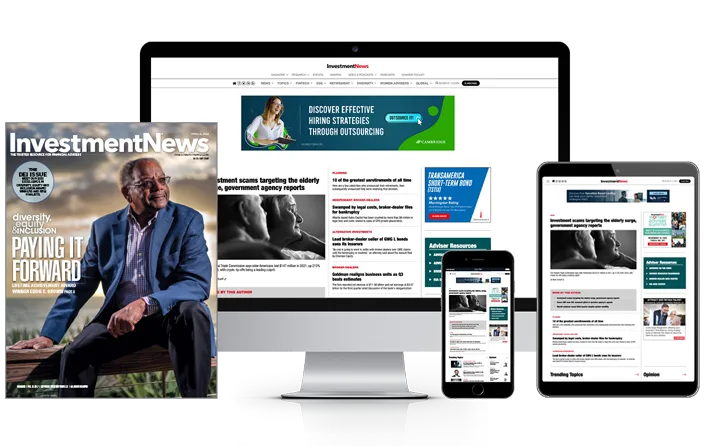

We are in the midst of very uncertain times, but one thing is certain: the importance of understanding the complex macroeconomic factors impacting our clients’ portfolios and financial lives. Coronavirus fears have hit the stock market hard, ushering in the fastest transition to a bear market in history, and the continued challenges surrounding the pandemic will undoubtedly affect every person and business operating in the United States and around the globe.
With the U.S. and other governments enacting swift monetary and fiscal responses of enormous scale, the expectation is that some of the worst-case outcomes, like an outright depression, have been avoided. The concern is that this health-instigated crisis can still morph into a true debt crisis.
The pandemic crisis policy response playbook is extremely similar to the debt crisis response, a topic I recently explored in a white paper, “The Debt Albatross.” If the ultimate result is the dreaded mutation to a debt crisis, there will be far less policy ammunition available to address the new threat.
The Cares Act represents roughly 11% of U.S. GDP. The Federal Reserve is adding an additional few trillion dollars in monetary support, representing an additional 10% to 15% of annual GDP.
If the pandemic can be controlled so that it largely impacts the U.S. for only one quarter, then the government will have offset the expected reduction in GDP. Implementing the efficient distribution of funds in a very timely manner can minimize some of the cascading effects of business shutdowns. This applies to every level in society – the individual or family unit, businesses of all sizes, municipalities and state governments. Recognizing liquidity constraints and likely outcomes when correlations go to one in markets can help preserve the values of your clients’ portfolios.
As stewards of our clients’ wealth and financial lives, it is imperative that today’s IARs go beyond the basics of money management and planning. Thinking in broader terms, having a strong grasp of macroeconomic policies and their implications for the health of the economy, and understanding the historical context in which you may be operating will better prepare you for the current crisis and those going forward. Understanding what additional levers policymakers have at their disposal will create better insights to help you navigate volatile markets.
Reading primary research on these topics is more useful than reacting to the sound bites available in the media. The former allows you to be offensive and opportunistic. With the latter, you are playing defense. We should continue to be as informed as possible on these complex issues so that we can advise clients and provide them the confidence to stay the course – in all markets, not just while the going is good.
Paul Cantor is chief operating officer and principal at Allegiant Private Advisors, an independent firm based in Sarasota, Fla., offering fiduciary-level financial planning and investment advisory services.

Looking to refine your strategy for investing in stocks in the US market? Discover expert insights, key trends, and risk management techniques to maximize your returns

The RIA led by Merrill Lynch veteran John Thiel is helping its advisors take part in the growing trend toward fee-based annuities.

Driven by robust transaction activity amid market turbulence and increased focus on billion-dollar plus targets, Echelon Partners expects another all-time high in 2025.

The looming threat of federal funding cuts to state and local governments has lawmakers weighing a levy that was phased out in 1981.

The fintech firms' new tools and integrations address pain points in overseeing investment lineups, account monitoring, and more.
RIAs face rising regulatory pressure in 2025. Forward-looking firms are responding with embedded technology, not more paperwork.
As inheritances are set to reshape client portfolios and next-gen heirs demand digital-first experiences, firms are retooling their wealth tech stacks and succession models in real time.
